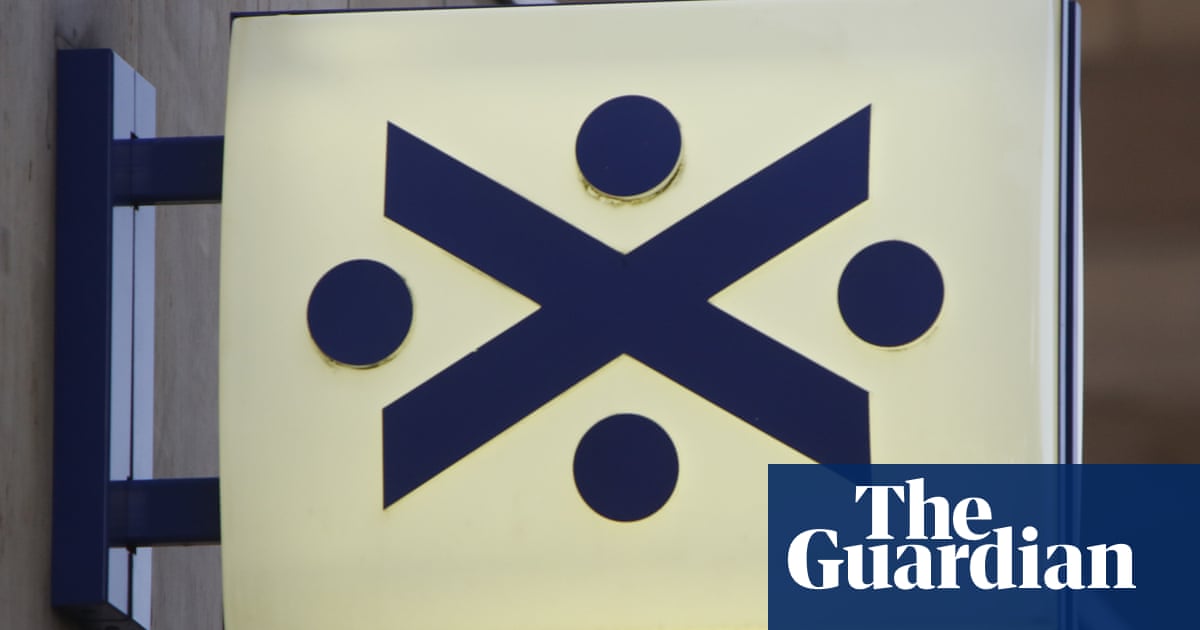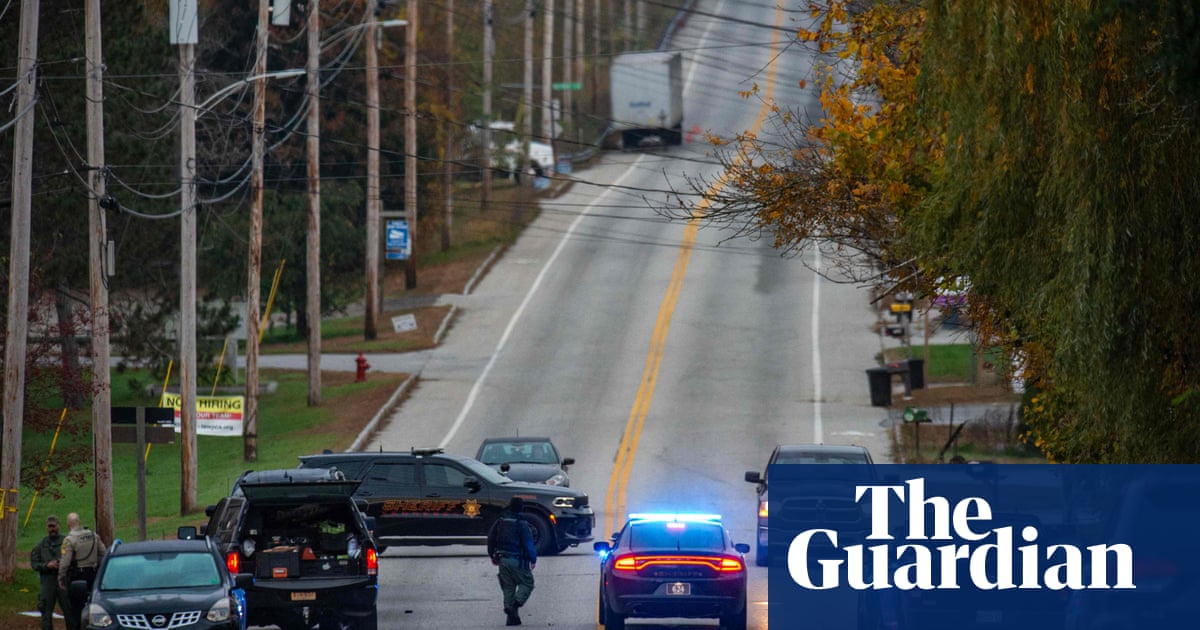
Britain’s biggest mortgage lender is facing questions about how it allowed a £42,500 loan taken out by an older couple to turn into a debt estimated at £477,000.
Gary Cooper discovered that in 1997 his parents took out a type of mortgage that entitled the lender to 75% of any house price rises over the life of the loan.
However, the couple were not preyed on by loan sharks – the lender is an offshoot of Bank of Scotland, part of Lloyds Banking Group. Earlier this month the Lloyds group reported that its profits had leapt by 46% to hit £2.3bn for the first three months of the year.
Cooper’s parents died in 2021, and their house was last year valued at £750,000, so – as things stand – he and his sister will have to hand over most of that to the bank. He says he feels certain his late parents did not realise that that £42,500 loan could spiral to close to £500,000 and “cost their kids their inheritance”.
However, the bank says it recommended at the time that customers took independent financial advice to ensure they understood the product and that it was right for them, and adds that in this case, solicitors were instructed by the borrowers.
The Coopers are among hundreds – probably thousands – of families whose lives have been blighted by shared appreciation mortgages (Sams). This was a type of home loan that was only on sale for a brief period, between 1996 and 1998, and only available from two banks, Bank of Scotland and Barclays.
These loans were ostensibly aimed at helping “asset-rich, cash-poor” older people release some of the value locked up in their homes. They typically allowed people to borrow up to 25% of the property’s value, and usually there were no repayments to make during the lifetime of the loan.
In return, people were required to pay back the original amount when the mortgage was repaid, or when they died and the house was sold, plus a share of any increase in the value of their home.
This share was usually worked out on a three-to-one basis – so if you borrowed 25% of the value, you would be in line to hand over 75% of the future growth in value.
Of course, in the years since those mortgages were sold, house prices have rocketed, leaving people facing massive repayments if they want to move – or, as in the case of Cooper, leaving the offspring of those who signed up with a huge and costly headache.
Cooper’s parents took out the £42,500 loan on their home in Walton-on-Thames, Surrey, in late 1997. That amount represented 25% of their home’s value at the time (according to the bank) of £170,000.
Cooper, who also lives in Surrey, says: “What we thought we knew was that there was a fortysomething-thousand-pound loan on the property.” He says his father said something at the time about the loan eventually having to be repaid “plus 4%” but adds: “We have no idea where that came from. It subsequently turned out that that was not the case.”
Cooper says that after his father’s death in September 2021, he was going through his papers and discovered a mortgage statement from Bank of Scotland. “In the small print it referred to ‘75%’. This rang alarm bells, so I began the search for more information.”
He later complained to the bank, claiming the mortgage was mis-sold, but the bank rejected the family’s complaint.
The bank confirmed that the “share of appreciation percentage” applying to the loan was 75%. That gives a figure of £435,000, based on 75% of the £580,000 growth in the property’s value between 1997 and last year. Plus, of course, the original loan of £42,500 has to be repaid, taking the estimated total to £477,500.
To make matters worse, the family’s future options are limited. Sams date back to before the introduction of mortgage regulation and the creation of the UK’s Financial Ombudsman Service, so they are not regulated. Also, the lender isn’t Bank of Scotland itself but a subsidiary firm – called BOS (Shared Appreciation Mortgages) No 6 plc – although the bank administers the loans. Because the subsidiary isn’t carrying out any “regulated activities”, the ombudsman has no jurisdiction over it, and no power to investigate a complaint about the amount owed ballooning tenfold.
Cooper says: “This is not what you expect from a bank.”
However, a court case is brewing that could help decide how things pan out for the estimated 2,000-plus people who still have a Bank of Scotland-administered Sam loan.
The law firm Teacher Stern is bringing a case against Bank of Scotland, with a trial due to take place in January next year. The firm says it represents 160 Bank of Scotland Sam borrowers and that some owe in excess of £1m.
Guardian Money put Cooper’s claims – including his allegation that the loan was mis-sold – to the bank. We also sent it our calculations for what we believe is owed based on the latest figures.
A spokesperson for Bank of Scotland told us that Sams were “a specialist type of mortgage available in 1997-98, in this instance interest-free in return for a share of increased property value. We recommended borrowers took independent financial advice to ensure they understood the product and that it was suitable for their needs, and all borrowers were advised by their own solicitor. In this case, a solicitor was instructed by the borrowers, and the offer was witnessed by an IFA [independent financial adviser].”
The bank also confirmed there is litigation with what it says is a small number of customers but says it is unable to comment on this further.












